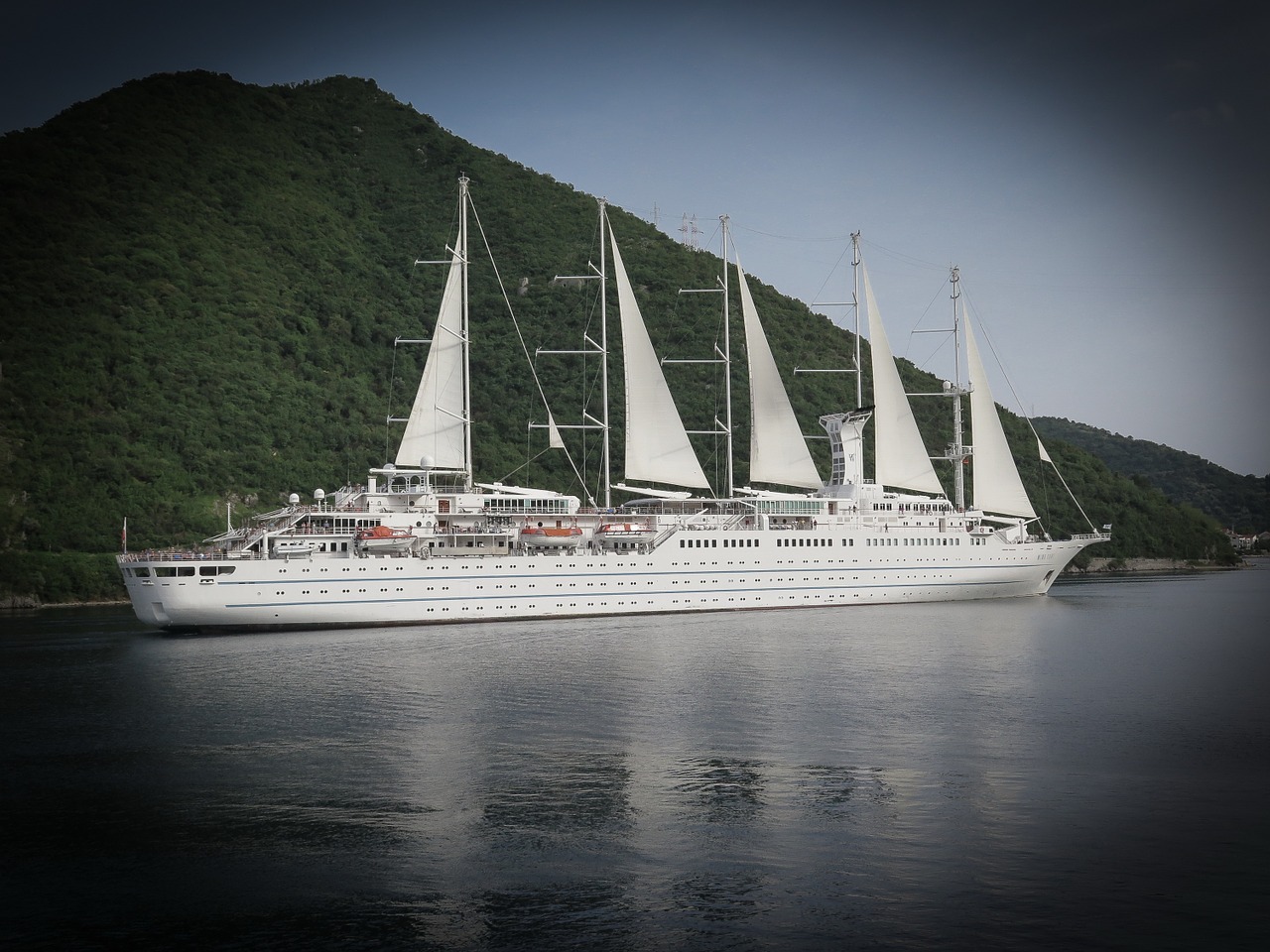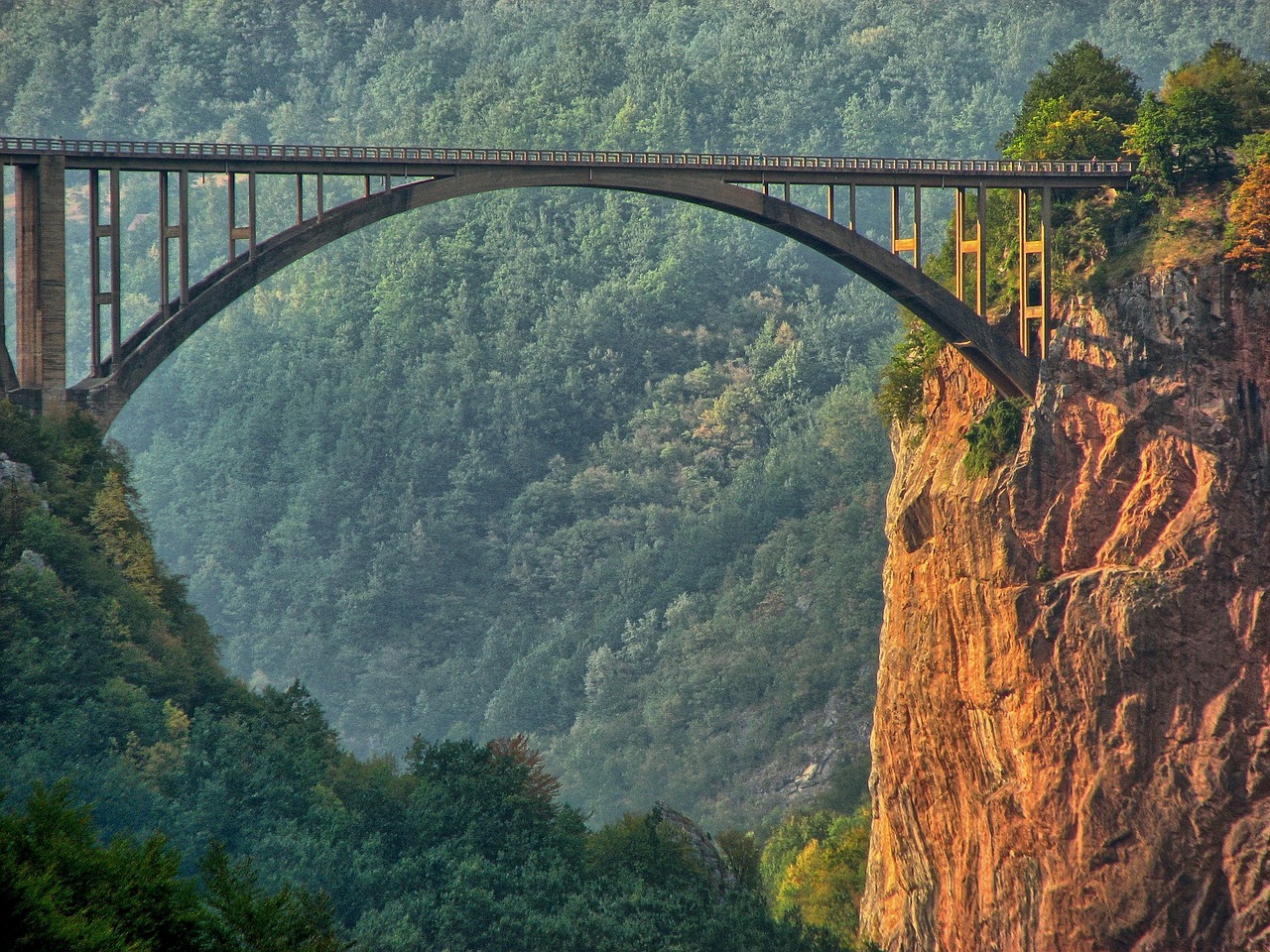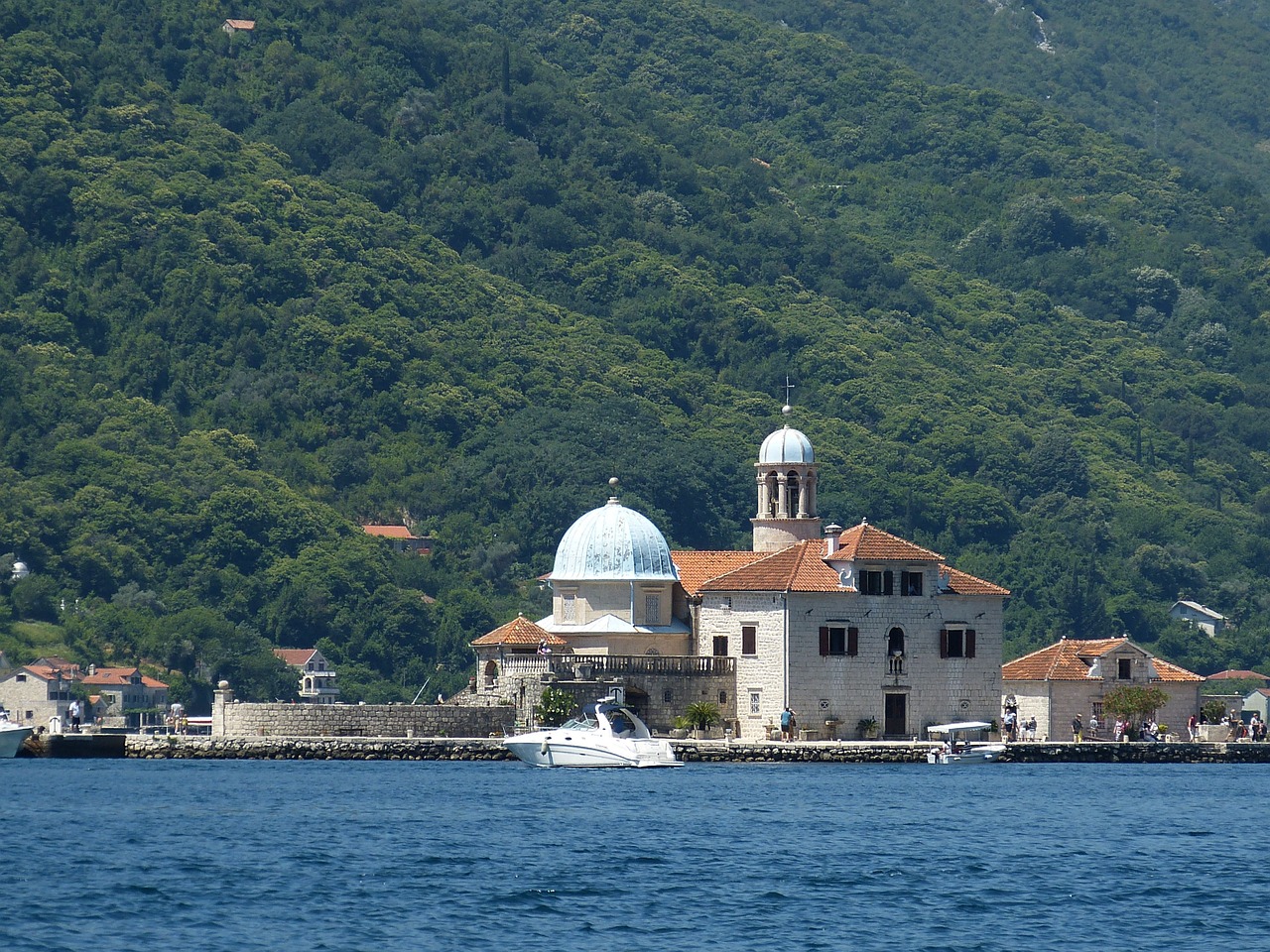Since Clark Weeks has been to Montenegro a number of times because that is where his wife’s family is from, he as decided to let people know a little more about the country. Today it is a brief history of the country of Montenegro, one of the newer countries in the world and yet a very old region.
It is very rare to come across a straightforward Balkan history and Montenegro is no exception. Boundary lines in present-day Montenegro have been drawn and re-drawn since time immemorial. Montenegro finally became an independent country in 2006 when it gained independence from Yugoslavia.
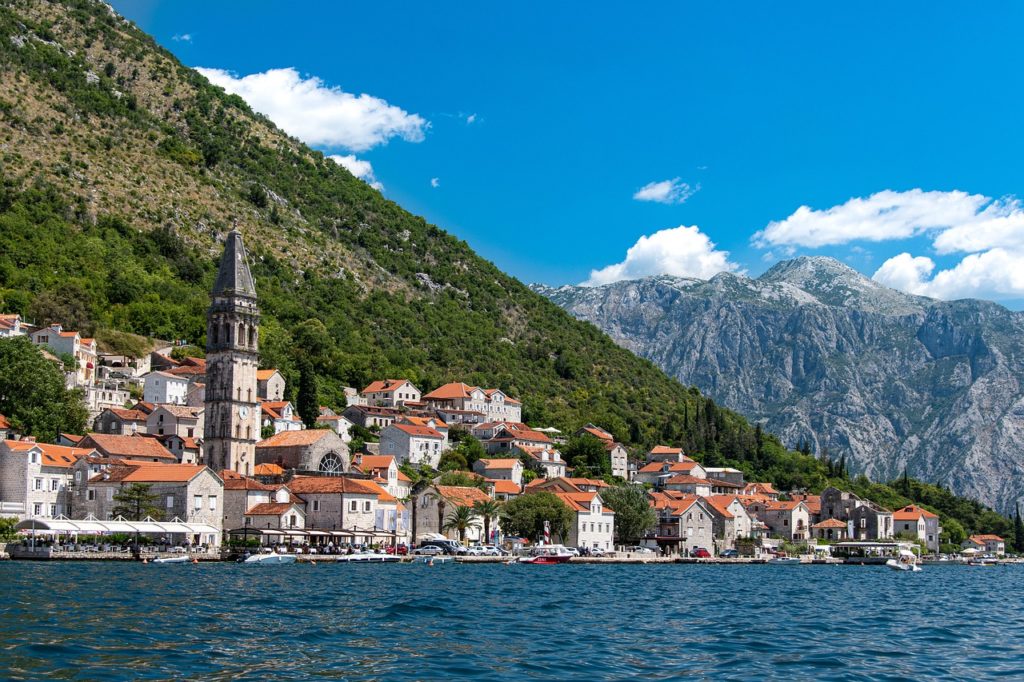
Early History
Early history records show that the area that we call Montenegro was first inhabited by the Illyrians. During the Bronze age, the Illyrians made conquests through the Mediterranean and set up trade practices. The Romans finally won over the Illyrian kingdom in the 2nd Century BC. The Roman Empire’s history chronicles mention the region. Their name for it was the territory of Duklja or Doclea.
The Middle Ages
It was the Slavs who entered this region in the 7th century and gave it the name of Doclea. They are also credited for the spread of Christianity. Soon Christianity became the main religion of the Montenegro region. In the 9th century, the Slavs also managed to establish this territory as an independent dukedom of Doclea. The 11th century saw Byzantine occupation as the Serbian realm fell. In 1077, the Catholic world recognized Montenegro as an independent kingdom by the catholic world. However, this did not last long. By the 12th century, the kingdom became a subject of Rascia.
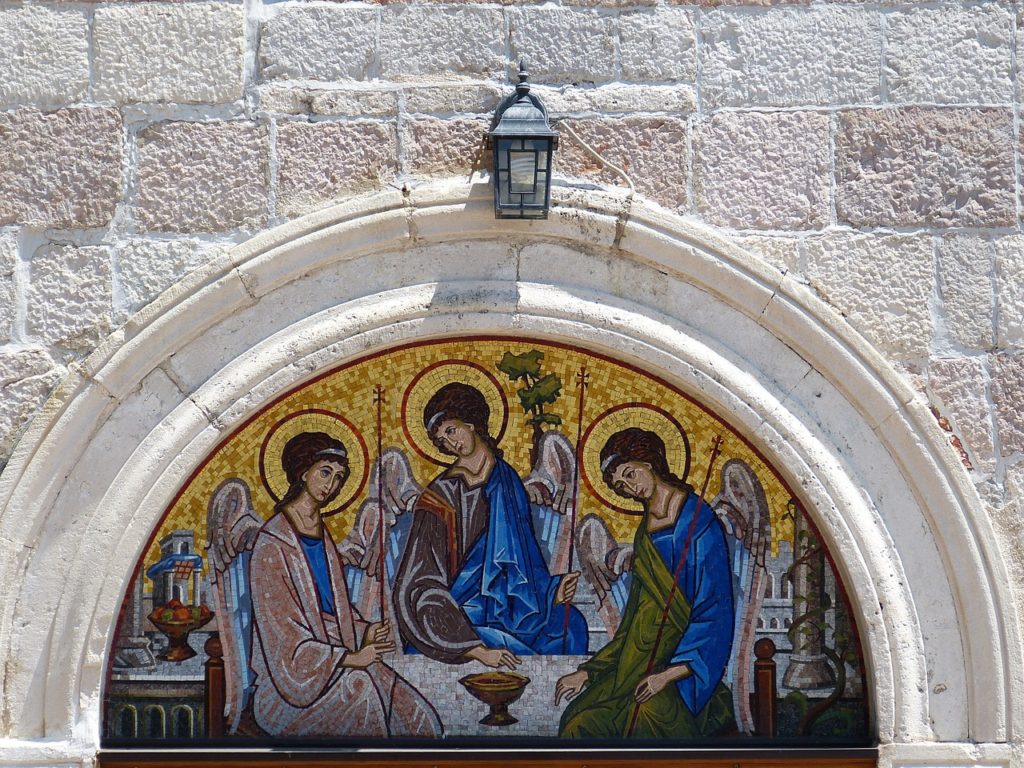
Modern Period
Venice controlled the coasts of this diverse land of modern-day Montenegro from 1420 to 1797. A portion of this area was also under the realm of the Ottoman empire till as late as 1912. The last portion of Montenegro became partially independent in 1516 and gained the status of a theocratic state.
The lower levels of priests were not based on heredity and could marry. Then there were Vladikas. These were princes and they also had the title of bishop. Rank has privileges. However, the top levels in the church, including the Vladika remained celibate. Vladikas were the rulers yet they were elected until 1696. In 1696 the current Vladika changed it to a hereditary system. A rather odd hereditary system because the Vladika was supposed to be celibate. That meant the next Vladika was usually the nephew of the current Vladika.
Throughout history, Montenegro has been under constant attack from invaders like the Venetians and the Ottomans. However, the region stood its ground and successfully succeeded in maintaining itself as a partially independent state throughout much of history.
Historians consider Nicholas I to be the most prominent leader in the modern period. Under him, the country not only was granted the status of a kingdom but also established its first-ever constitution in 1905. However, some feel that king Nicholas abandoned the country during the 1st world war. In 1941, during the second world war, Montenegro came under Italian occupation. At the same time Montenegro started fighting a civil war. After World War II, Montenegro became a republic of Yugoslavia. In spite of being the smallest republic in terms of area and population, Montenegro gained economic strength.
Conclusion
While Montenegro saw nearly seven incarnations as different occupants adorned its lands throughout history. The one thing that remained consistent was its striving for freedom. On May 21, 2006, the republic sought a referendum and most of its citizens voted for independence. This varied history has made it an interesting destination that attracts numerous travelers every year. Clark Weeks hopes you liked this history of Montenegro and recommends that you visit Montenegro between June and September.
